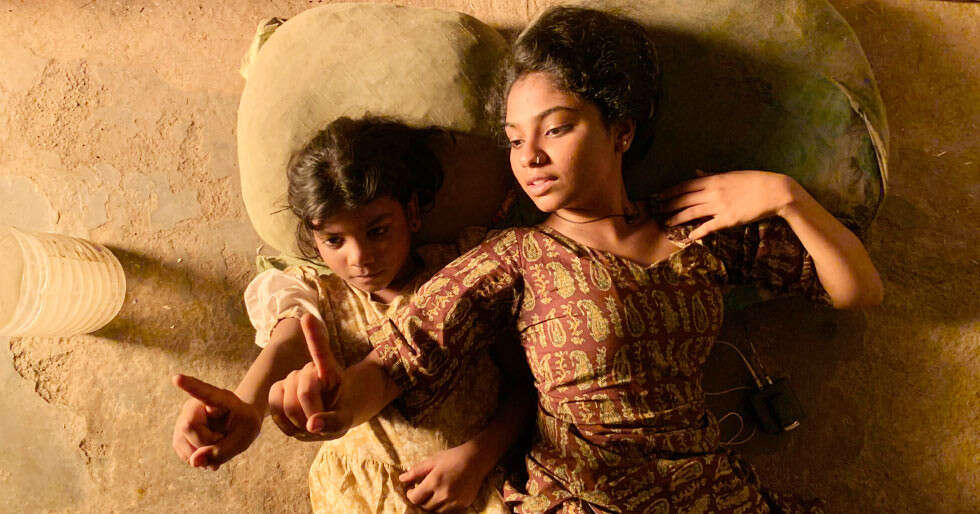Tom Verlaine, the lead vocalist, principal songwriter and one of two interlaced, sheets-of-sound guitarists from the band Television, has died, according to Jesse Paris Smith, the daughter of musician Patti Smith, following “a brief illness.” Though never a commercial success, Verlaine’s influence as an artist and icon of downtown cool has reverberated throughout the decades. The group’s album Marquee Moon, released in 1977, is one of the few things that argumentative, record store-dwelling “rockist” types can all agree on as being a Mount Rushmore-level work of perfection. He was 73 years old.
Born Tom Miller to a Jewish family in Morris County, New Jersey, he moved to Delaware as a child and, as a teen, attended a boarding school where he met Richard Hell (Richard Meyers). Much like Robert Zimmerman taking the name of a famous poet to become Bob Dylan, Verlaine looked to Paul Verlaine for a stage name. Decades later, he said that “it was strictly for the sound” and not to associate himself with the French writer. “In retrospect, it would have been better to have picked ‘Johnson’ or something, since 30 years later, folks still ask about it!”
The pair quit Delaware together to move to New York City and formed a band that would, in time, become Television. (When I was in high school, before we had the internet, the rumor was the band name was taken from Tom Verlaine’s initials, T.V. This appears to be made up, but perhaps speaks to the shroud of mystery that surrounded this uncategorizable group.)
They were one of the core bands associated with the legendary East Village club CBGB & OMFUG. The venue and that scene are often shorthand for punk rock, but that isn’t exactly how to best describe Television (certainly not their masterpiece “Marquee Moon”) or even many of the other bands that got their start there, like Talking Heads, Blondie, or the Patti Smith Group. (Even The Ramones have plenty more Holland-Dozier-Holland tunefulness to them than those British twerps the Sex Pistols, but perhaps this is just my New York pride showing.) From early on, Television distinguished itself by having two lead guitarists, Verlaine and Richard Lloyd, who would trade between fluttering solos and searing, dissonant rhythm chords.
As Television gained ground as a live act, there was friction between the two founders. Hell, who played bass and sang backing vocals, eventually split to found The Heartbreakers (with exiting members of the New York Dolls) and then Richard Hell and the Voidoids. He was replaced by Fred Smith (not to be confused with Fred “Sonic” Smith of the MC5, who would eventually marry Patti Smith of the Patti Smith Group, whose name was already Smith before they wed.)
This line-up, with Billy Ficca on drums, was the one that entered Phil Ramone’s (no relation to The Ramones) A & R Studios in Manhattan in September 1976 to record “Marquee Moon” for Elektra Records. Verlaine co-produced the sessions with Andy Johns, who engineered pantheon-level classic rock albums by the Rolling Stones, Led Zeppelin, Blind Faith, Jethro Tull and more. (Island Records wanted to pair them with Brian Eno, but after recording some demos, Verlaine didn’t like the result.)
Marquee Moon, a sui generis work, combined the edge and aggression of the punk rock scene with lush, cascading waves of electric guitar. Like all great music, its source influences come from all over the place. Verlaine cited jazz saxophonists John Coltrane and Albert Ayler as inspiration, and early on Television covered “Fire Engine” by the trailblazing psychedelic group the 13th Floor Elevators. It all reached its apex with the record’s title track, a Symphonie Fantastique of complex guitar rock that clocks in close to 11 minutes. It’s cued up below.





















Discussion about this post